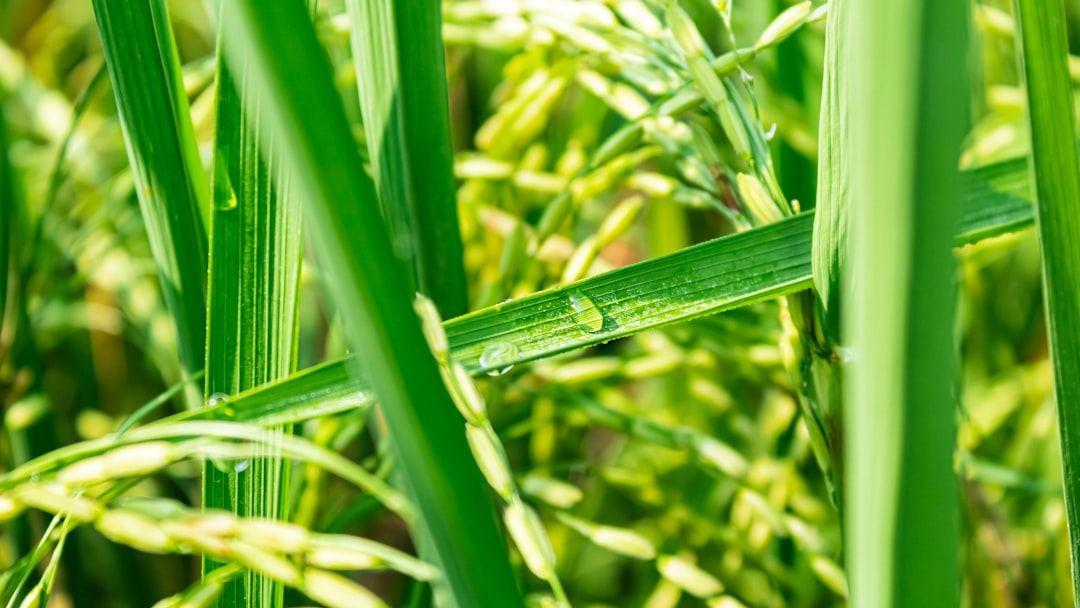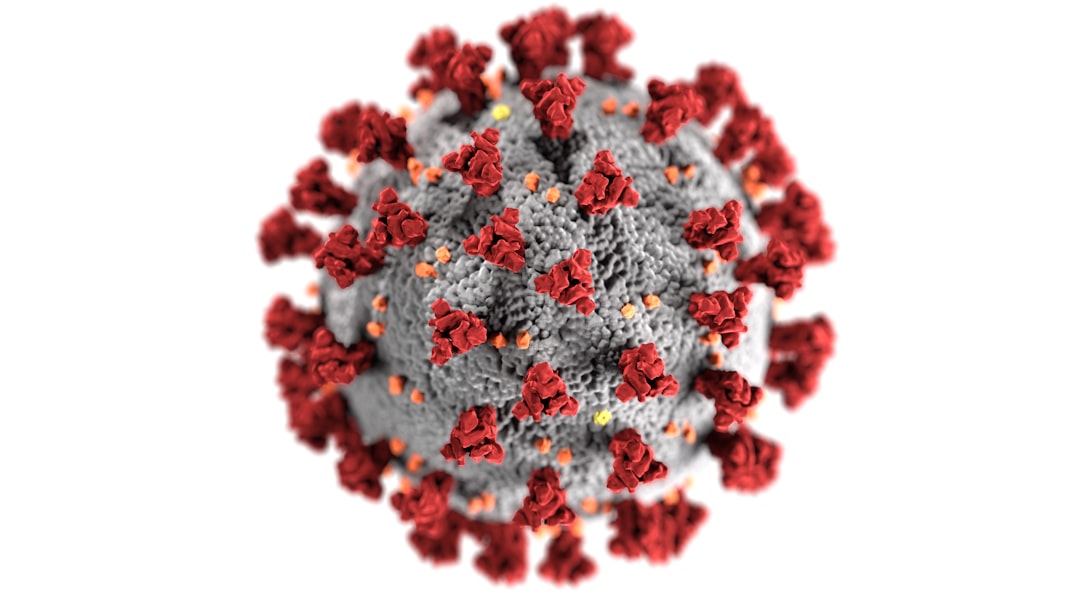What is it about?
This publication explored phytoremediation using local macrophytes in Balili River, Philippines. We demonstrated that local macrophytes such as Amaranthus spinosus, Eichhornia crassipes, Eleusine indica and Pennisetum purpureum planted in pilot-scale constructed wetlands can effectively remove water pollutants at 3–4 days hydraulic retention time. Among the macrophytes, P. purpureum generally have the best pollution reduction efficiency. Our study revealed comparable or even better pollution reduction efficiency of local macrophytes than commonly used ones such as Phragmites spp. and Typha spp.
Featured Image

Photo by Gena Okami on Unsplash
Why is it important?
Our results clearly showed that the solution to the pollution Balili River is within our grasp. We just need to tap the documented phytoremediation potential of our local macrophytes, particularly P. purpureum, in a full-scale CW.
Read the Original
This page is a summary of: Treatment of Balili River in Benguet, Philippines with constructed wetland planted with dominant local macrophytes, International Journal of Phytoremediation, July 2019, Taylor & Francis,
DOI: 10.1080/15226514.2019.1633268.
You can read the full text:
Contributors
The following have contributed to this page










